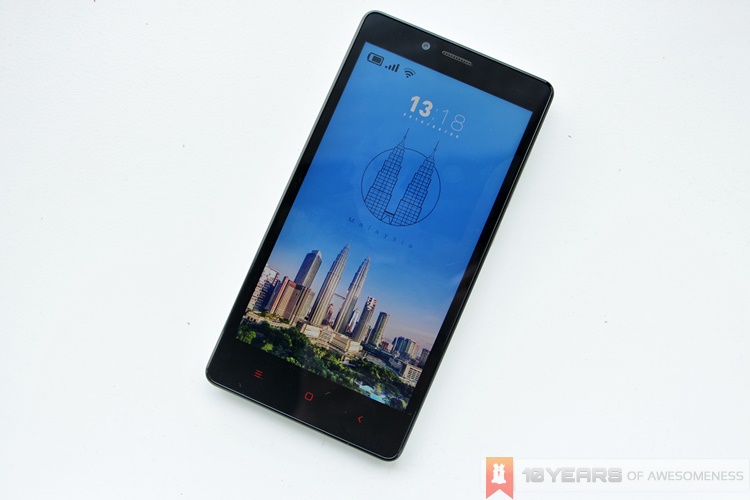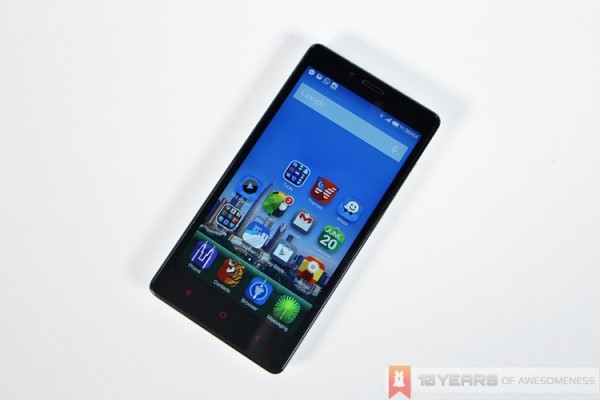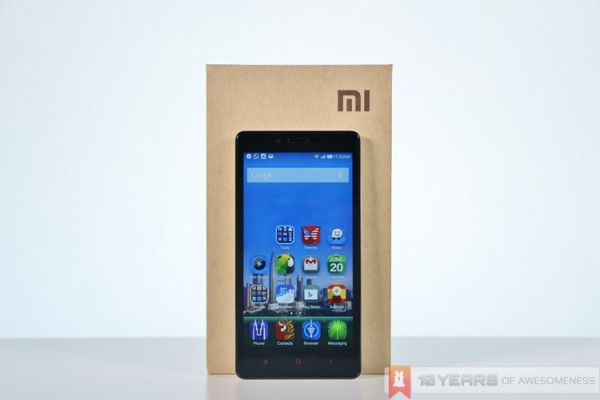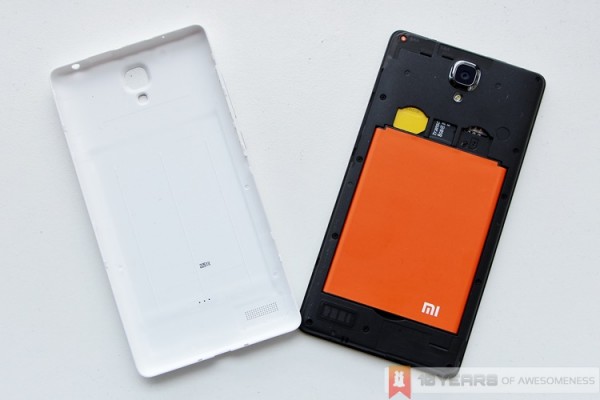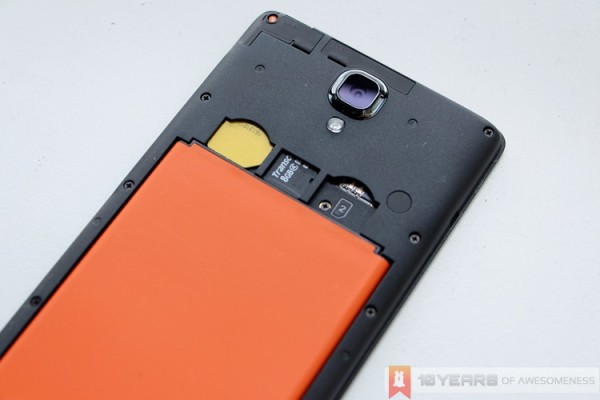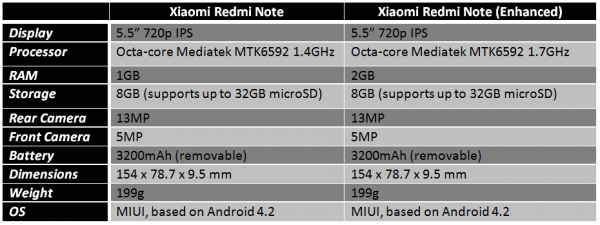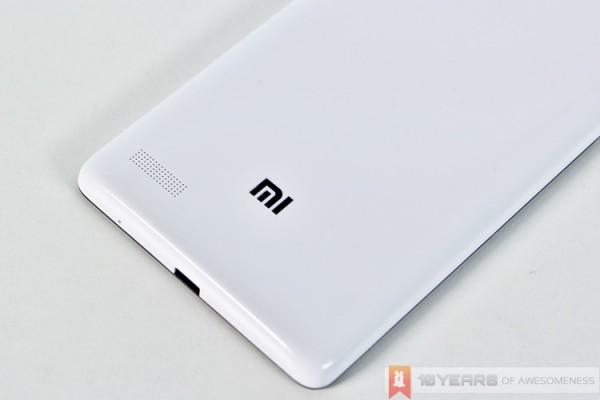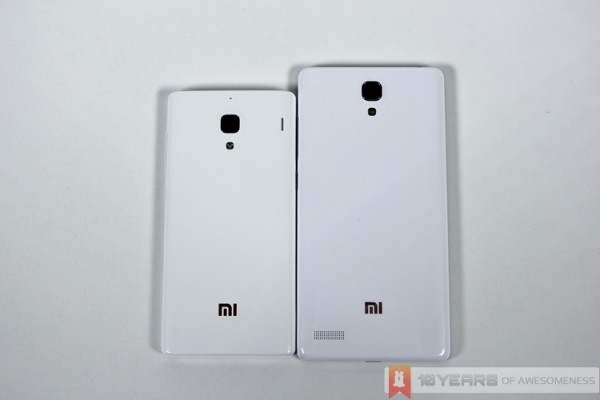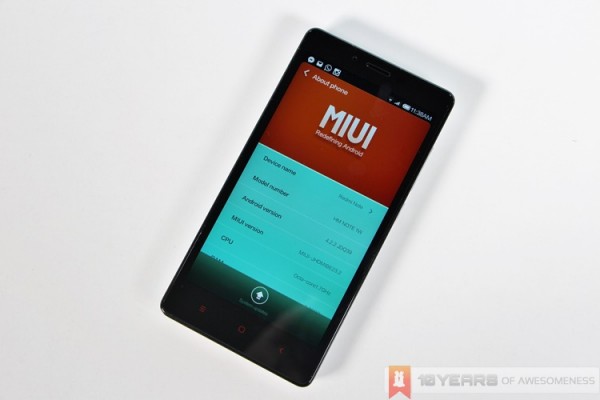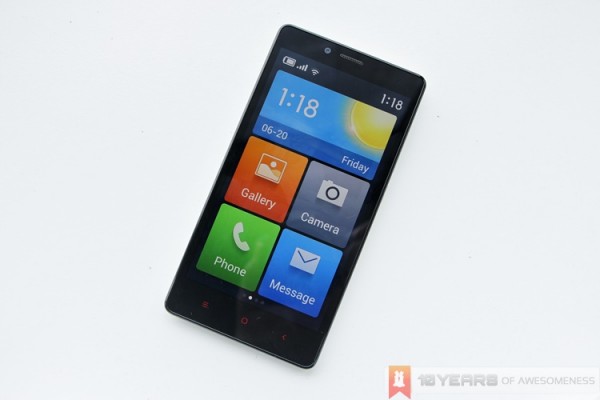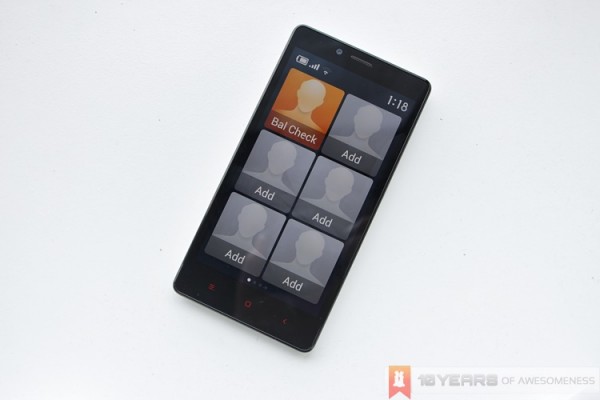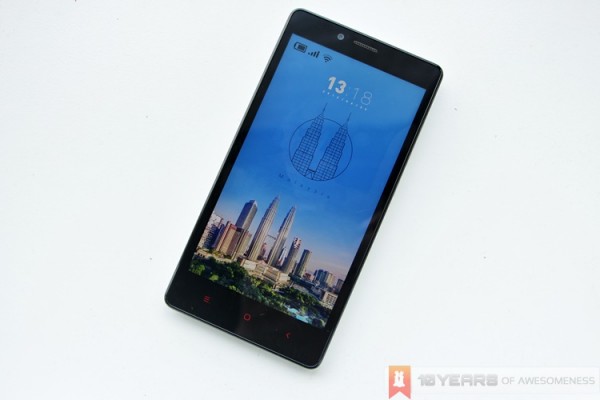
While it’s been confirmed that Xiaomi Malaysia will be bringing in the Redmi 1S to the country, it has now also announced that the Redmi Note will also be making its way to the country in the very near future. Perhaps being a little late to the market isn’t a bad thing either: we’ll be getting the Redmi 1S, which is the refreshed version of the Redmi, and now we’ll also be getting the “enhanced” edition of the Redmi Note.
The Redmi Note originally had only 1GB of RAM, and featured a 1.4GHz Mediatek MTK6592 octa-core processor. Somewhere along the way, Xiaomi felt it necessary to release an “enhanced” edition of its first phablet, doubling the RAM and increasing the clock speed of the Redmi Note. Both Standard and Enhanced editions are available in the Chinese market, retailing at 799 and 999 Chinese Yuan respectively, but only the Enhanced edition is coming to the Malaysian market.
Here’s a quick comparison between the two variants:
Now onto the device proper. The Redmi Note is the company’s first-ever phablet, but with a 5.5-inch display, it is on the small end of the scale. Given that it has a 720p display – similar to the smaller Redmi 1S – the low pixel density shows quite a bit, especially when placed next to the Redmi. Some will naturally be bothered by this, so you may want to take a look at our hands-on preview video above to see what we mean. Otherwise, the display itself is actually decent. At maximum level, the Redmi Note is noticeably brighter than the Redmi 1S.
On the other hand, while the Redmi 1S has a pretty solid heft, lending an assured feel to the device, the same could not be said about the Redmi Note. The 199g phablet feels light, and worse, the glossy white back cover is one of the things I dislike the most on the device. It attracts fingerprint and sweat stains easily, and provides less grip than the matte grey cover on the Redmi 1S.
The Redmi Note, of course, runs on Xiaomi’s MIUI, though this version is based on Android 4.2.2. However, on the surface level you won’t find much difference; the experience you get on the Mi 3 is essentially the same as on the Redmi Note. In our initial usage, the 1.7GHz octa-core Mediatek processor held up pretty well too – though I also suspect that this may be due to the generous 2GB of memory installed in the device.
One main difference with the Redmi series is a feature not found on the flagship Mi series. Popularly known as “Senior Mode” in China for obvious reasons, the Redmi Note has a feature officially called “Lite Mode”, a highly-simplified UI that makes it a lot easier to navigate for users who are more used to feature phones. On top of that, the large icons and equally large text makes it a favourite for the elder generation. The UI is not only very simple, it is actually very intuitive as well, making it easy for users to learn more about making the most on Lite Mode. On top of that, most apps will also open without a simpified UI, making it fairly easy to eventually move out from Lite Mode if you wish to do so.
On top of that, you can pin six of your favourite contacts straight to the home screen, making it easy to contact your loved ones. And, while the ten preset apps are the most frequently used – and offline – ones, you can easily add more apps onto the home screen. Even data-centric apps such as Facebook and Google Maps will work on Lite Mode.
Nevertheless, it is likely that the Redmi Note will offer good value for money, given the indication from Xiaomi’s Hugo Barra that it will be priced as closely to the Chinese retail price as possible; based on current conversion rates, we’re looking at a retail price of around RM515. We’ll be spending more time with the Redmi Note as we put it through its paces, so stay tuned for our full review.
Follow us on Instagram, Facebook, Twitter or Telegram for more updates and breaking news.


